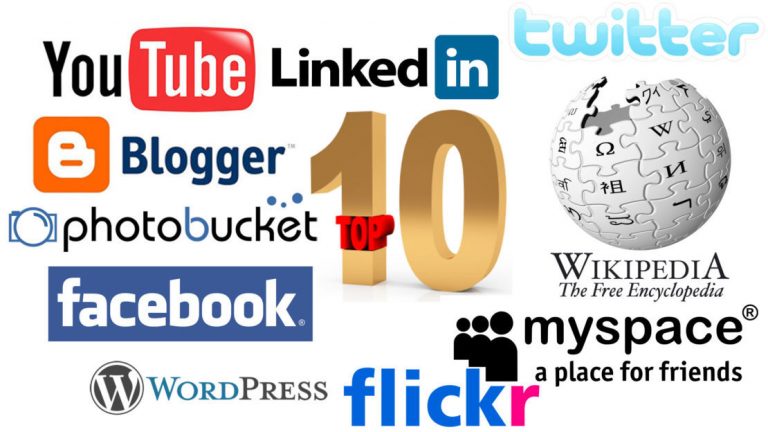Skeptics have doubted Google’s $750M acquisition of mobile advertising company Admob, which is its third largest acquisition in the history. TeleNow.net forecasts that Google would break this acquisition even by 2014 and make a killing of ~$6B by 2020. So when someone calls Google a “sugar daddy”, you know they are acting smart. Find the valuations in the spreadsheet attached.
AdMob has a current valuation of ~$6B based on 10-year projections and conservative estimates on the ad request data published by the company. Key assumptions are below. Feel free to use the spreadsheet to do your own sensitivity.
Key assumptions of the study:
1) AdMob Ad requests grew by 124% in 2009-2010; the US with ~50% share grew as much as 148%. Fill rate has been assumed at 55%. Fill rates should improve after Google acquisition. Yearly impression growth has been assumed as 110%, 100%, 100%, 80%, 60% and 40% thereon for years 2010, 2011, 2012, 2013, 2014 and so on respectively.
2) % of impressions from CPC has been assumed at 95% and those from eCPM has been assumed at 5% based on reports that AdMob’s ~80% of the revenue comes from CPC advertising
3) CPC rate has been assumed as 15 cents per click as a conservative estimate, in the beginning, reaching as low as 5 cents per click by 2015. Current CPC rates for mobile advertising in the US are in 20 cents range
4) eCPM rates which are 5% of the business have been currently assumed as $8 reaching as low as $5 by 2013. Current eCPM rates in the US are between $3-$25
5) AdMob gets 30% of the revenue share. Currently, AdMob advertises 60:40 split with 40% coming to AdMob. Contracts are more favorable for the bigger publisher and so the rate of 30%
6) The number of employees has been estimated based on Revenue per employee. AdMob currently has ~170 employees as per linked in and this indicates a rough revenue per employee of $450K per employee. Revenue per employee has been assumed currently at $550K, reaching $700K by 2013 as efficiencies kick in. Google currently has revenue per employee in $1M range, which should be the benchmark
7) Fully loaded cost per employee is currently assumed as $180K, which progressively reaches $120K by 2014 as operations are shifted to low-cost center
8) Technology costs have been assumed as 2% of revenue, a benchmark in the industry
9) Discount rate for future cash flows has been assumed as 15% to make conservative estimates on present values. The norm is ~10-11%
10) 10 Year NPV of cash flows stands at $6B with 5-year NPV of cash flow at $2B. Google breaks even by 2014. A killing by every means!
Attachment: Admob_valuation_ver2

